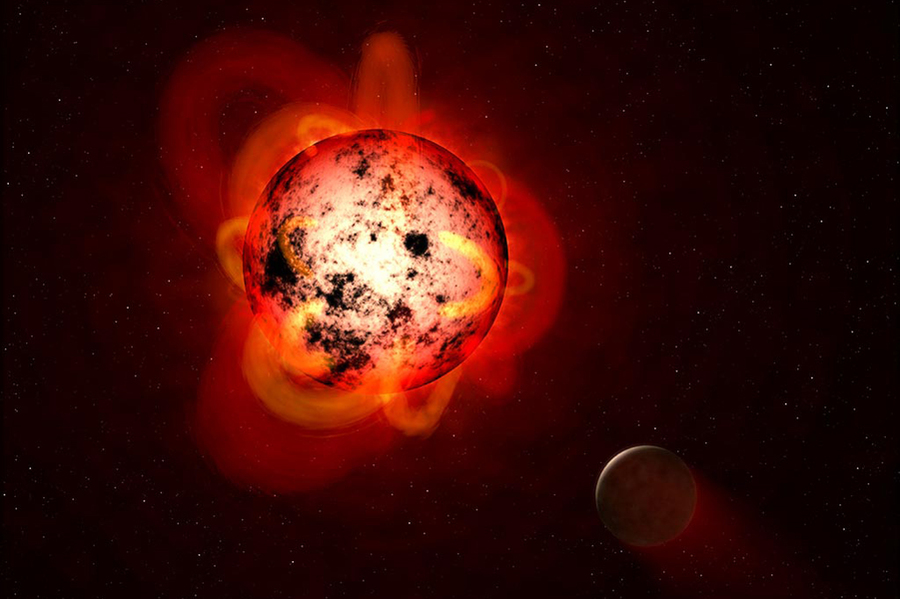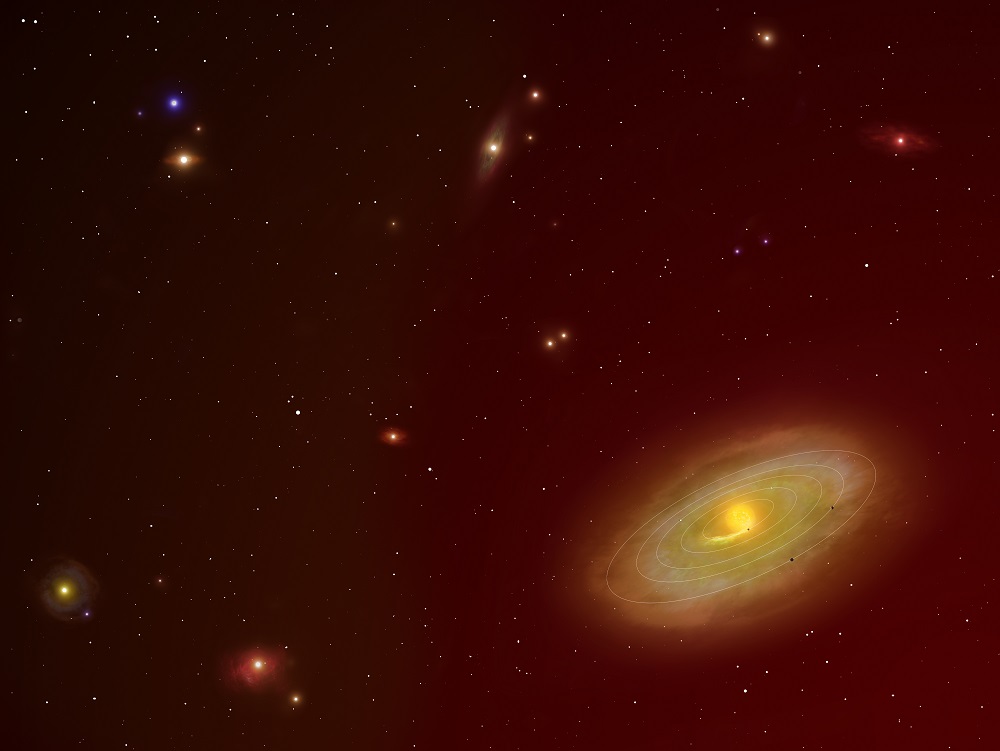
Credits:Credit: NASA/ESA/G. Bacon (STScI)
The boiling new world, which zips around its star at ultraclose range, is among the lightest exoplanets found to date. The TESS mission has discovered an ultra-short-period planet (USP) that is also super light. The planet is named GJ 367 b, and it orbits its star in just eight hours. The planet is about the size of Mars, and half as massive as the Earth, making it one of the lightest planets discovered to date.
Ultra-short-period planets are small, compact worlds that whip around their stars at close range, completing an orbit — and a single, scorching year — in less than 24 hours...
Read More







Recent Comments